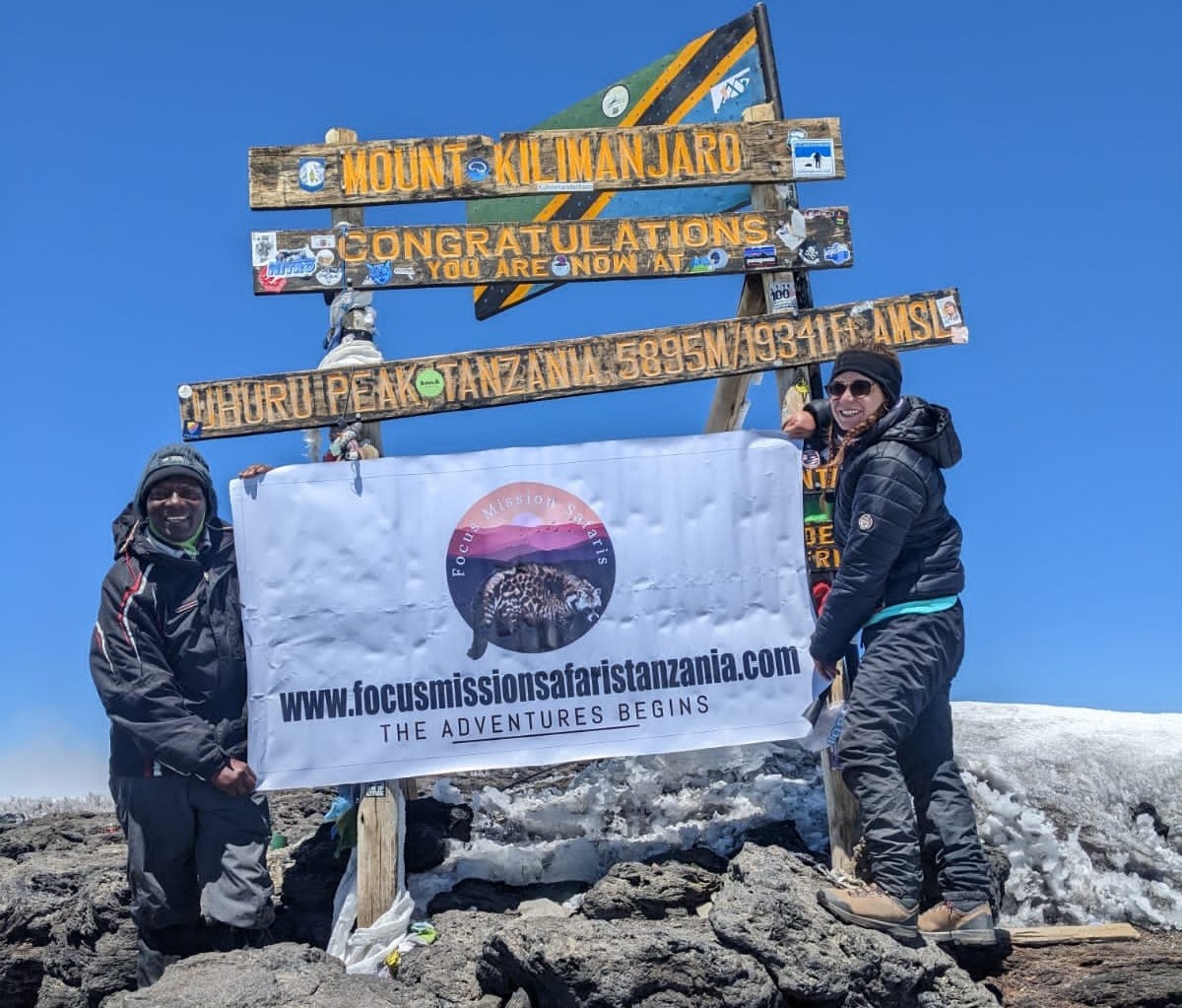8 Days Kilimanjaro Trekking - Lemosho Route
The ultimate Kilimanjaro experience, this 8-day Lemosho itinerary offers the highest summit success rate while showcasing the mountain's full ecological diversity. The extended duration ensures proper acclimatization as you traverse rainforest, heathland, alpine desert, and glaciers.
Our premium trek includes expert guides, spacious tents, and nutritious meals prepared by our mountain chefs. The gradual western approach via Shira Plateau and strategic "walk high, sleep low" days make this the safest and most scenic way to conquer Africa's rooftop.

Day 1: Arusha to Londorossi Gate to Mti Mkubwa Camp (2,650m)
Morning pickup from your Arusha hotel (around 6:30 AM) for transfer to Londorossi Gate (2,250m). After registration, drive through rainforest to the trailhead.
The gentle 3-4 hour hike covers 6km to Mti Mkubwa ("Big Tree") Camp (2,650m). This secluded western approach offers excellent wildlife spotting opportunities in the pristine rainforest.
Arrive at camp where your team will have tents ready. Evening temperatures are mild with sounds of the forest.
Day 2: Mti Mkubwa to Shira 1 Camp (3,550m)
Gradual ascent through changing vegetation zones from rainforest to heather moorland. The trail offers increasingly dramatic views of Kibo Peak.
Today's 6-7 hour trek covers 8km to Shira 1 Camp (3,550m) on the edge of the Shira Plateau. Arrive in time to enjoy the afternoon light on the volcanic landscape.
Night temperatures drop significantly - your first experience of proper mountain cold.
Day 3: Shira 1 Camp to Shira 2 Camp (3,850m)
A shorter but important acclimatization day crossing the Shira Plateau. The relatively flat 4-5 hour hike covers 7km with minimal elevation gain.
Explore the unique alpine desert environment at Shira 2 Camp (3,850m) with its dramatic rock formations and panoramic views. Afternoon optional walk to higher elevations.
This easy day helps your body adjust while conserving energy for higher climbs.
Day 4: Shira 2 Camp to Lava Tower (4,630m) to Barranco Camp (3,900m)
Key acclimatization day following the "walk high, sleep low" principle. Ascend to Lava Tower (4,630m) for lunch, then descend through the Barranco Valley.
The 6-8 hour trek covers 10km through varied terrain. The descent to Barranco Camp (3,900m) allows your body to recover while maintaining altitude gains.
Barranco Camp offers stunning views of the imposing Barranco Wall you'll tackle tomorrow.
Day 5: Barranco Camp to Karanga Camp (3,995m)
Morning scramble up the Barranco Wall (4,200m) - a thrilling but non-technical climb with handholds. Traverse ridges and valleys to Karanga Camp (3,995m).
This shorter 4-5 hour day allows for rest and acclimatization. Afternoon at leisure to hydrate and enjoy views of the southern glaciers.
The camp's location provides excellent sunset views over the clouds below.
Day 6: Karanga Camp to Barafu Camp (4,673m)
Steady ascent through alpine desert to Barafu Camp (4,673m), your base for summit night. The 3-4 hour hike covers 4km but gains significant elevation.
Early arrival allows for afternoon rest and summit preparations. Temperatures plummet after sunset - layer up and organize gear for the midnight start.
Light early dinner followed by attempted sleep before the 11:00 PM wake-up call.
Day 7: Summit Day - Barafu Camp to Uhuru Peak (5,895m) to Mweka Camp (3,080m)
Begin the grueling 6-8 hour night ascent under stars, climbing steep scree to Stella Point (5,739m) at dawn. The final push to Uhuru Peak (5,895m) rewards with sunrise over Africa.
Celebrate your achievement before descending to Barafu Camp for short rest. Continue down to Mweka Camp (3,080m). Total trekking time 12-16 hours covering ~17km.
Exhaustion gives way to pride as you reach the forested Mweka zone.
Day 8: Mweka Camp to Mweka Gate to Arusha
Final 3-4 hour descent through rainforest to Mweka Gate (1,640m). The trail is well-maintained but can be slippery after rain.
Receive your summit certificates before transferring back to Arusha. Arrive by mid-afternoon (around 3-4 PM) for hotel drop-off. You've conquered Kilimanjaro via the spectacular Lemosho Route in 8 days!